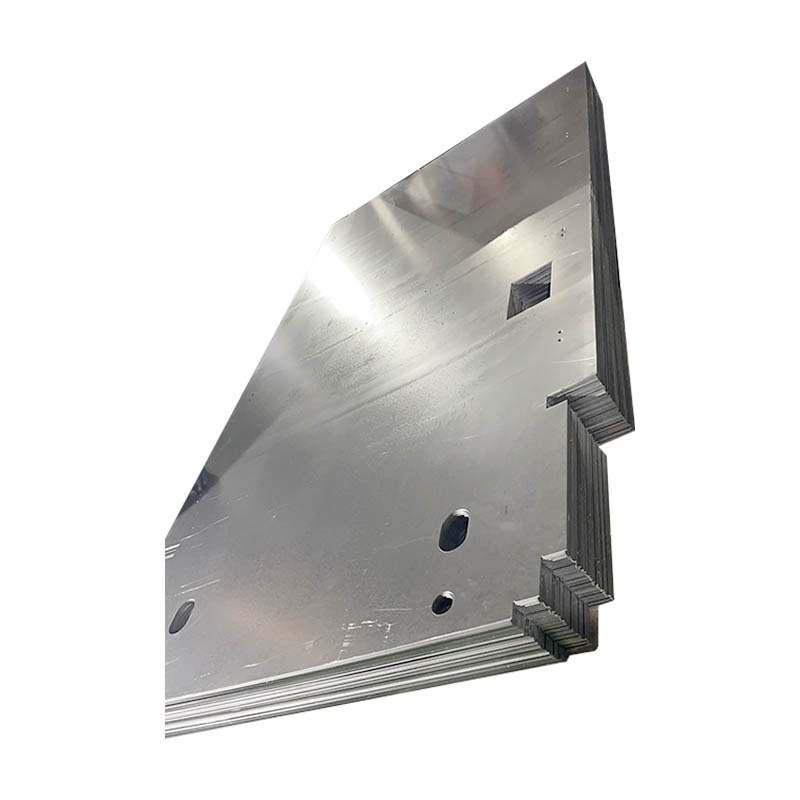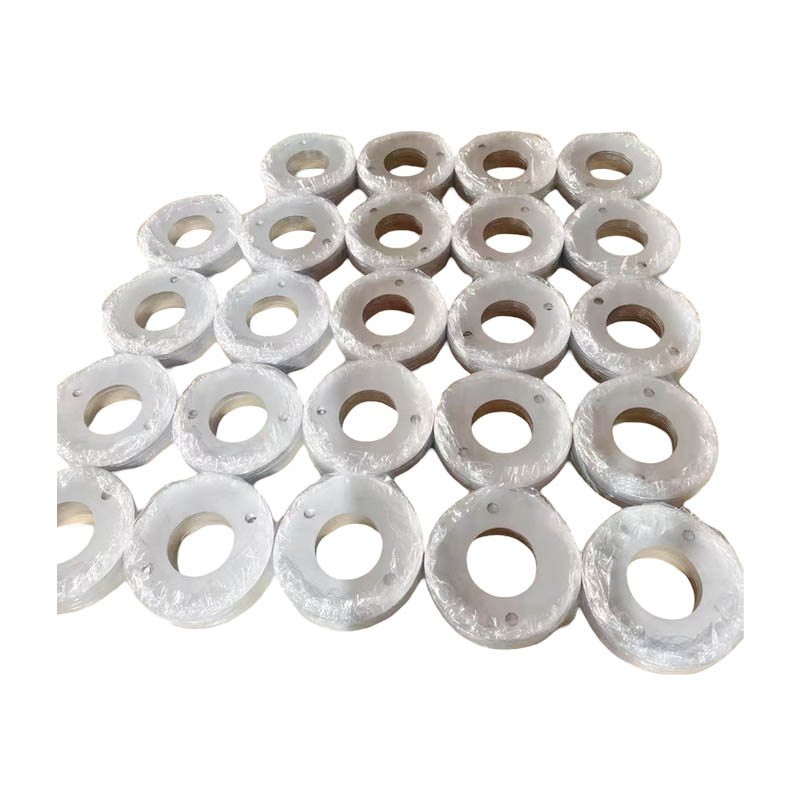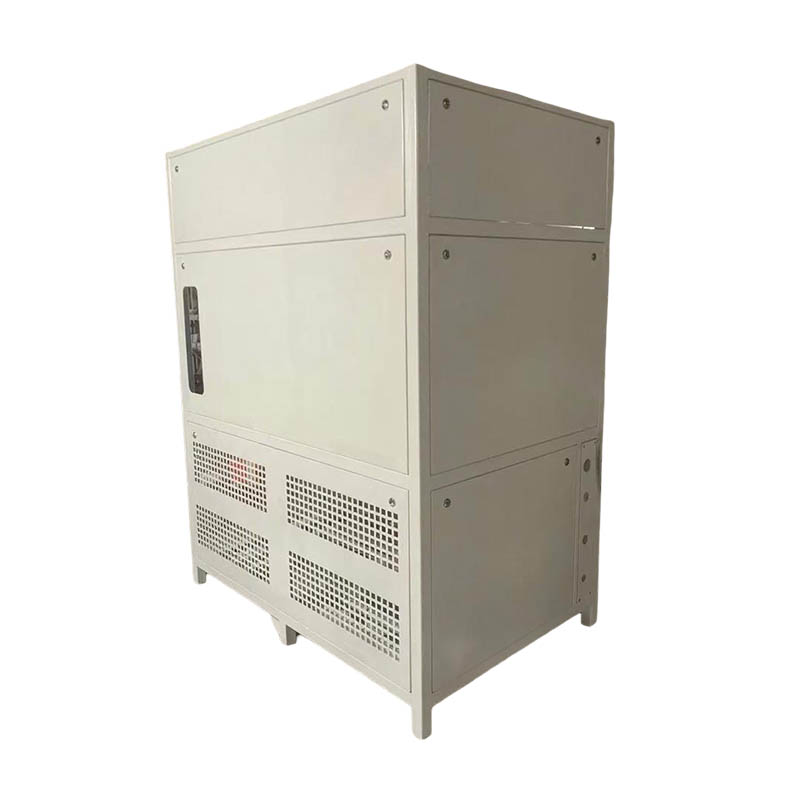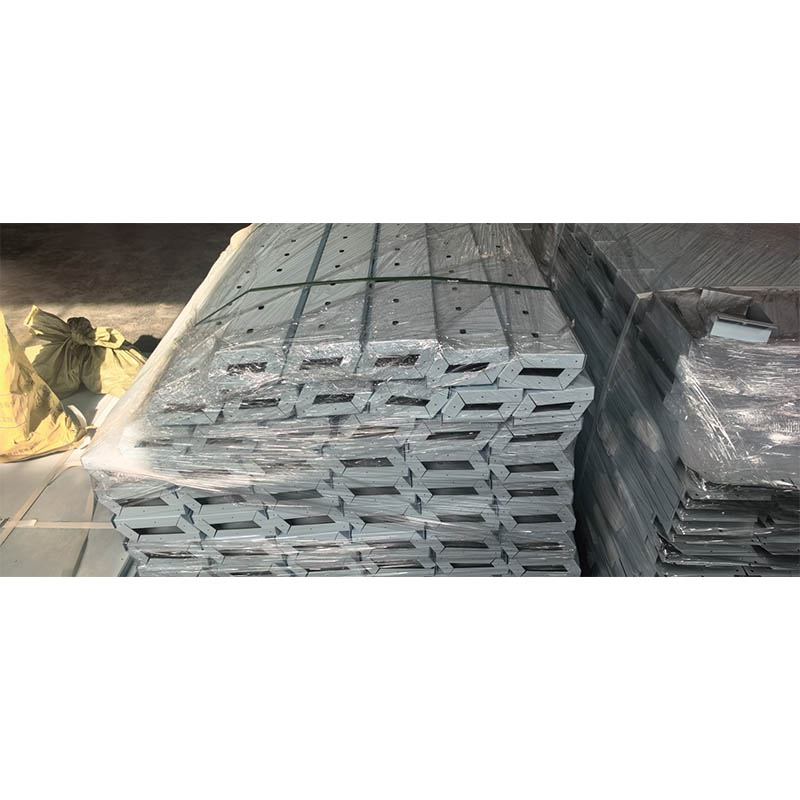How does stainless steel sheet metal enhance the safety of buildings?
Release Time : 2025-07-15
In the modern construction industry, safety has always been one of the core considerations of design and construction. With the acceleration of urbanization and the improvement of people's requirements for building quality, the selection of building materials has become particularly important. Stainless steel sheet metal has played an irreplaceable role in enhancing the safety of buildings with its high strength, corrosion resistance, fire and explosion resistance and other excellent properties.
1. Excellent tensile strength and load-bearing capacity
Stainless steel sheet metal has extremely high mechanical strength, especially when it is subjected to large loads. Compared with ordinary steel, stainless steel has stronger tensile and compressive strength at the same thickness, and can effectively support key parts of building structures, such as floor slabs, wall skeletons and roof frames. This high-strength characteristic makes stainless steel sheet metal particularly suitable for high-rise buildings, bridge projects and large public facilities. For example, in some earthquake-prone areas, using stainless steel sheet metal as a building connector or reinforcement material can significantly improve the seismic performance of the overall structure and reduce the risk of collapse caused by earthquakes. In addition, stainless steel sheet metal also has good fatigue resistance. Even if it is under dynamic load for a long time, it is not easy to break or deform, thereby improving the stability and service life of the building structure.
2. Excellent corrosion resistance, extending the life of the building
The building structure is exposed to the air for a long time and will be affected by various environmental factors such as rain, humidity, acid and alkali substances, and is very prone to oxidation and corrosion. The dense chromium oxide layer formed on the surface of stainless steel sheet metal can effectively resist the erosion of moisture and chemicals, avoiding the common rust and peeling problems of traditional metal materials. In coastal cities or industrial areas, the concentration of salt and pollutants in the air is high, which puts higher requirements on building materials. Stainless steel sheet metal can still maintain good performance in these environments, reducing maintenance frequency and replacement costs, thereby indirectly improving the overall safety of the building. Especially in key parts such as the exterior walls, roofs, and drainage systems of buildings, the use of stainless steel sheet metal can effectively prevent structural failure caused by material aging, ensuring that the building always maintains a good physical state during long-term use.
3. Excellent fire prevention and high temperature resistance
Fire is one of the major threats to building safety. Stainless steel sheet metal can still maintain high structural strength in high temperature environment and is not easy to soften or deform. Therefore, it is widely used in fire protection facilities such as fire doors, fire partitions, ventilation ducts, etc. Compared with ordinary steel, stainless steel can still maintain about 50% of its original strength when the temperature exceeds 600℃, which buys precious time for personnel evacuation and fire fighting and rescue when a fire occurs. In addition, stainless steel does not release toxic gases or combustion products, which meets the dual needs of modern buildings for environmental protection and safety. In some high-standard commercial complexes, hospitals, schools and other public places, the use of stainless steel sheet metal as fireproof components has become a trend, which not only improves the fire safety level of the building, but also enhances the public's sense of security.
4. Excellent earthquake and wind resistance
In addition to fire prevention and corrosion resistance, stainless steel sheet metal also performs well in dealing with natural disasters. Due to its excellent ductility and toughness, stainless steel can still maintain structural integrity under extreme conditions such as earthquakes and strong winds. In typhoon-prone areas, stainless steel roofing systems are widely used in the roof construction of large stadiums, airport terminals and other buildings due to their light weight, high strength and strong weather resistance. This type of roof can not only withstand the impact of strong winds, but also maintain sealing and stability in severe weather with wind and rain, preventing leakage or collapse accidents. In buildings in earthquake zones, stainless steel is also used as part of the shock-absorbing device to reduce the damage to the main structure caused by earthquakes by absorbing vibration energy. This application method is gradually becoming an important part of the seismic design of modern buildings.
5. Improve the appearance of the building while taking into account functionality
Stainless steel sheet metal not only has strong functionality, but also has a modern appearance. Its smooth and flat surface texture makes the building more technological and futuristic, and is widely used in the design of details such as curtain walls, decorative lines, handrails, etc. More importantly, this beauty does not come at the expense of safety. On the contrary, many designers have taken a fancy to the characteristics of stainless steel's "combination of function and aesthetics" and cleverly integrated it into the building structure, which not only enhances the visual effect but also improves the safety factor of the building.
In summary, stainless steel sheet metal plays an increasingly important role in modern architecture with its multiple advantages such as high strength, corrosion resistance, fire and explosion resistance, earthquake resistance and wind resistance. It not only improves the stability and durability of building structures, but also provides people with a safer and more reliable living and working environment.
1. Excellent tensile strength and load-bearing capacity
Stainless steel sheet metal has extremely high mechanical strength, especially when it is subjected to large loads. Compared with ordinary steel, stainless steel has stronger tensile and compressive strength at the same thickness, and can effectively support key parts of building structures, such as floor slabs, wall skeletons and roof frames. This high-strength characteristic makes stainless steel sheet metal particularly suitable for high-rise buildings, bridge projects and large public facilities. For example, in some earthquake-prone areas, using stainless steel sheet metal as a building connector or reinforcement material can significantly improve the seismic performance of the overall structure and reduce the risk of collapse caused by earthquakes. In addition, stainless steel sheet metal also has good fatigue resistance. Even if it is under dynamic load for a long time, it is not easy to break or deform, thereby improving the stability and service life of the building structure.
2. Excellent corrosion resistance, extending the life of the building
The building structure is exposed to the air for a long time and will be affected by various environmental factors such as rain, humidity, acid and alkali substances, and is very prone to oxidation and corrosion. The dense chromium oxide layer formed on the surface of stainless steel sheet metal can effectively resist the erosion of moisture and chemicals, avoiding the common rust and peeling problems of traditional metal materials. In coastal cities or industrial areas, the concentration of salt and pollutants in the air is high, which puts higher requirements on building materials. Stainless steel sheet metal can still maintain good performance in these environments, reducing maintenance frequency and replacement costs, thereby indirectly improving the overall safety of the building. Especially in key parts such as the exterior walls, roofs, and drainage systems of buildings, the use of stainless steel sheet metal can effectively prevent structural failure caused by material aging, ensuring that the building always maintains a good physical state during long-term use.
3. Excellent fire prevention and high temperature resistance
Fire is one of the major threats to building safety. Stainless steel sheet metal can still maintain high structural strength in high temperature environment and is not easy to soften or deform. Therefore, it is widely used in fire protection facilities such as fire doors, fire partitions, ventilation ducts, etc. Compared with ordinary steel, stainless steel can still maintain about 50% of its original strength when the temperature exceeds 600℃, which buys precious time for personnel evacuation and fire fighting and rescue when a fire occurs. In addition, stainless steel does not release toxic gases or combustion products, which meets the dual needs of modern buildings for environmental protection and safety. In some high-standard commercial complexes, hospitals, schools and other public places, the use of stainless steel sheet metal as fireproof components has become a trend, which not only improves the fire safety level of the building, but also enhances the public's sense of security.
4. Excellent earthquake and wind resistance
In addition to fire prevention and corrosion resistance, stainless steel sheet metal also performs well in dealing with natural disasters. Due to its excellent ductility and toughness, stainless steel can still maintain structural integrity under extreme conditions such as earthquakes and strong winds. In typhoon-prone areas, stainless steel roofing systems are widely used in the roof construction of large stadiums, airport terminals and other buildings due to their light weight, high strength and strong weather resistance. This type of roof can not only withstand the impact of strong winds, but also maintain sealing and stability in severe weather with wind and rain, preventing leakage or collapse accidents. In buildings in earthquake zones, stainless steel is also used as part of the shock-absorbing device to reduce the damage to the main structure caused by earthquakes by absorbing vibration energy. This application method is gradually becoming an important part of the seismic design of modern buildings.
5. Improve the appearance of the building while taking into account functionality
Stainless steel sheet metal not only has strong functionality, but also has a modern appearance. Its smooth and flat surface texture makes the building more technological and futuristic, and is widely used in the design of details such as curtain walls, decorative lines, handrails, etc. More importantly, this beauty does not come at the expense of safety. On the contrary, many designers have taken a fancy to the characteristics of stainless steel's "combination of function and aesthetics" and cleverly integrated it into the building structure, which not only enhances the visual effect but also improves the safety factor of the building.
In summary, stainless steel sheet metal plays an increasingly important role in modern architecture with its multiple advantages such as high strength, corrosion resistance, fire and explosion resistance, earthquake resistance and wind resistance. It not only improves the stability and durability of building structures, but also provides people with a safer and more reliable living and working environment.







